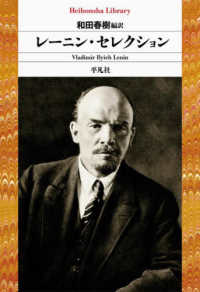Description
(Text)
The Optimized BCR Sequential Extraction Procedure was used for sediments samples from three river systems (Imo River, Qua Iboe River and Cross River) for the determination Fe, Ni, Cr, Cd, As, Pb, and Zn. The trace metals were partitioned into four operationally defined chemical fractions: acid extractable, reducible, oxidizable and residual. The PHREEQC software was used for water samples. The Saturation Index (SI) results from PHREEQC software model revealed that some minerals such as Anglesite, Cerrusite, Chloropyromorphite (c), Chloropyromorphite (soil), Siderite, Laurinite and Smithsonite dominated the three river systems in both wet and dry season. On the other hand, the Optimized BCR Sequential Extraction Procedure used for the sediments samples also show that almost all the trace metals analyzed were present at higher levels in the acid extractable fraction which is the most toxic fraction of the four fractions because metals found in this fraction are always known to be labile and bioavailable in the environment but a few of the trace metals were also found in the reducible, , oxidizable and residual fractions which are non-toxic fractions..






